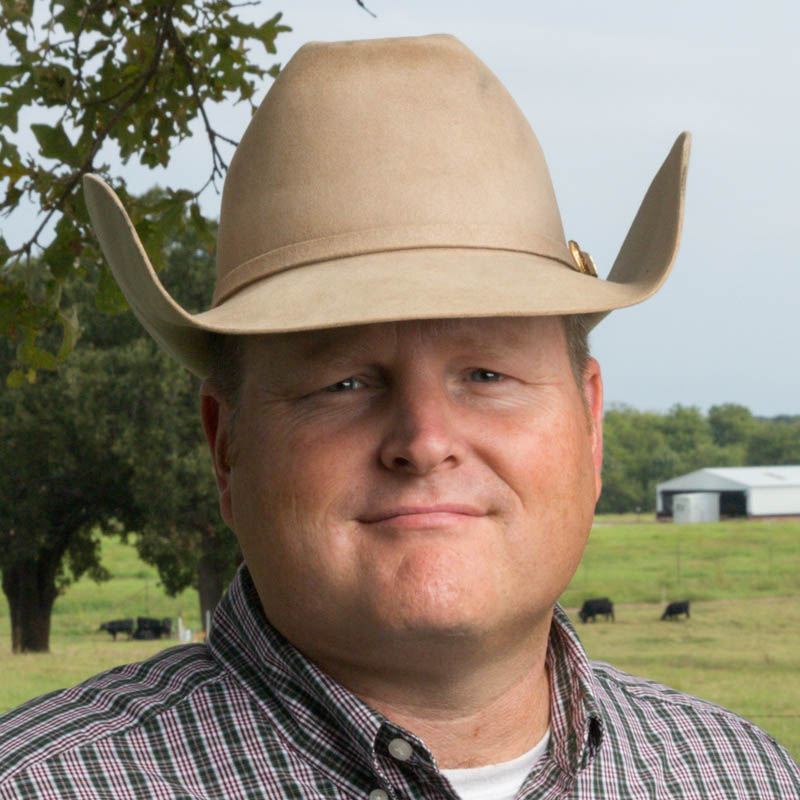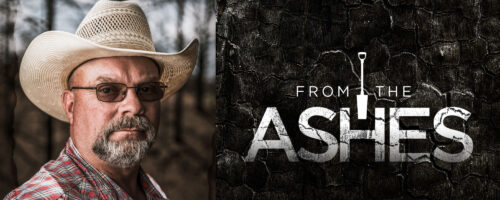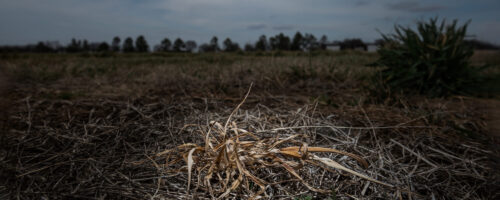Why We Need Prescribed Fire
Fire is essential to the health of the Southern Great Plains. Prescribed fire is a management tool that benefits the land in a safe, planned way.
The Southern Great Plains once stood as one of the most biologically diverse prairie ecosystems in the country. There are multiple reasons these rangelands are not in the condition they once were: overgrazing, land fragmentation, woody encroachment and, arguably the most impactful, fire suppression. Removing fire from the landscape reduces nutrient and energy cycling. More importantly, it allows woody species to encroach and recruit, eventually creating a woodland. Fire in this region is a core ecological process often overlooked and more often completely removed.
Historically, every square inch of land in the Southern Great Plains evolved under a fire-dependent ecology. This means the proper function of that ecosystem depended on fire as an integral component. Today, fire is relegated to the application of prescribed fire in our rangeland and forest systems. In contrast to wildfire (uncontrolled and unplanned fire), prescribed fire is a management practice that involves applying fire on a landscape under a specific prescription with a proper plan and all safety measures considered. Prescribed fire allows land managers to tailor their application to meet specific ecological outcomes and management objectives.
Soil
Keeping the ground covered is a cornerstone principle that assists in building healthy soil. Timely and well planned prescribed fire can limit the amount of time that soil is bare following fire. Given adequate soil moisture, cover can return quickly during the growing season. Prescribed fire can also aid in soil nutrient cycling and availability, often providing legacy effects for additional years.
Plant
Three plant-related drivers for applying prescribed fire include forage quality, forage quantity and brush management. Studies have indicated that forage quality is increased and year-end forage quantity is not reduced following prescribed fire. However, the primary driver is controlling woody encroachment in prairie ecosystems. Consequently, brush management is the most common purpose for applying prescribed fire in the Southern Great Plains.
Animal
Animals benefit from prescribed fire primarily due to increased forage quality and availability. Following fire, forage regrowth is higher in protein and lower in fiber thusly increasing digestibility. Prescribed fire can also be used as a tool to increase forage availability for small ruminant livestock and deer by lowering browse lines of woody species making their forage more available.
Air
The primary air concern regarding prescribed fire is smoke management. Numerous environmental factors, including mixing height, transport, wind speed and wind direction, can have positive and negative effects on smoke dispersion during a fire. Nevertheless, proper planning and appropriate application can mitigate air quality issues. For some plant species, smoke actually increases seed germination.



Comment